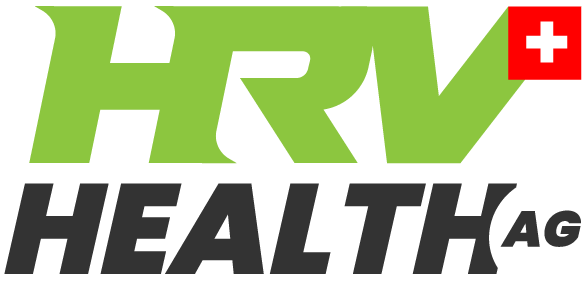 Athletes use HRV extensively to measure their state of recovery.
Athletes use HRV extensively to measure their state of recovery.
The basic rules that we suggest for taking reliable health readings every day are identical to those that athletes adopt for recovery:
- Take readings daily, preferably first thing in the morning;
- The pulse rate for the reading should be as close as possible to the resting heart rate;
- No stimulants such as coffee should be taken prior to the reading;
- Remain relaxed for the duration of the reading;
- Build a baseline of reading results before trying to interpret the results of a particular reading.
A single deviation from the base line does not signal that there is cause for concern. An unexplained continued deviation from the baseline needs investigation. Here it is important to put the readings into the context of the athlete’s training programme. If you have been training very hard, it will explain the deviation. The decline is usually a signal that there has been insufficient recovery, and that further stressing the body is suboptimal.
If there are additional symptoms – elevated resting heart rate, and/or poor sleep – in combination with significant and ongoing underperformance, combined with a noticeable decline – more than 20% – in the HRV score (not RMSSD) then it is symptomatic of over training, and you are putting your training objectives, and even your health at risk.
Dr Andrew Huberman and Andy Galpin, PhD, discuss the optimal use if HRV for recovery in the podcast: Guest Series | Dr. Andy Galpin: Maximize Recovery to Achieve Fitness & Performance Goals
If you want to listen to the sections that cover HRV and recovery skip to minutes 02:05:05 & 02:42:41:
